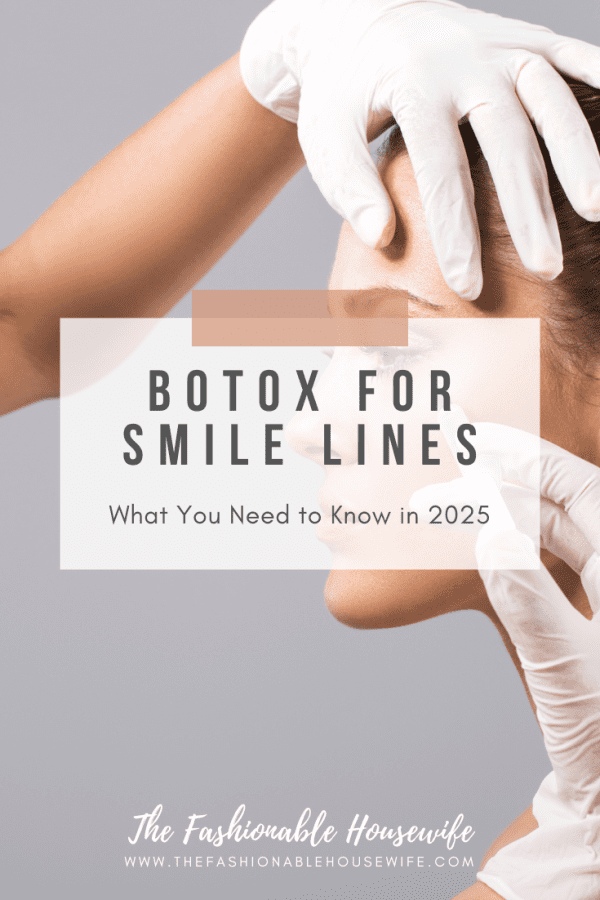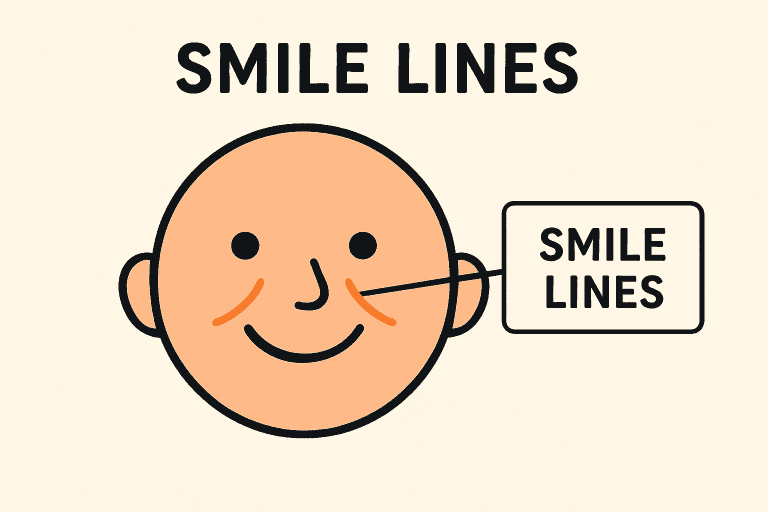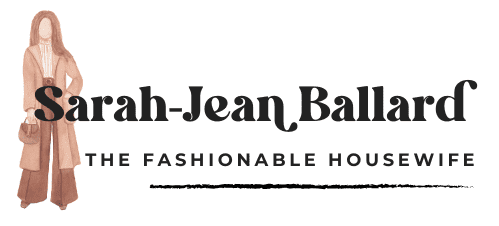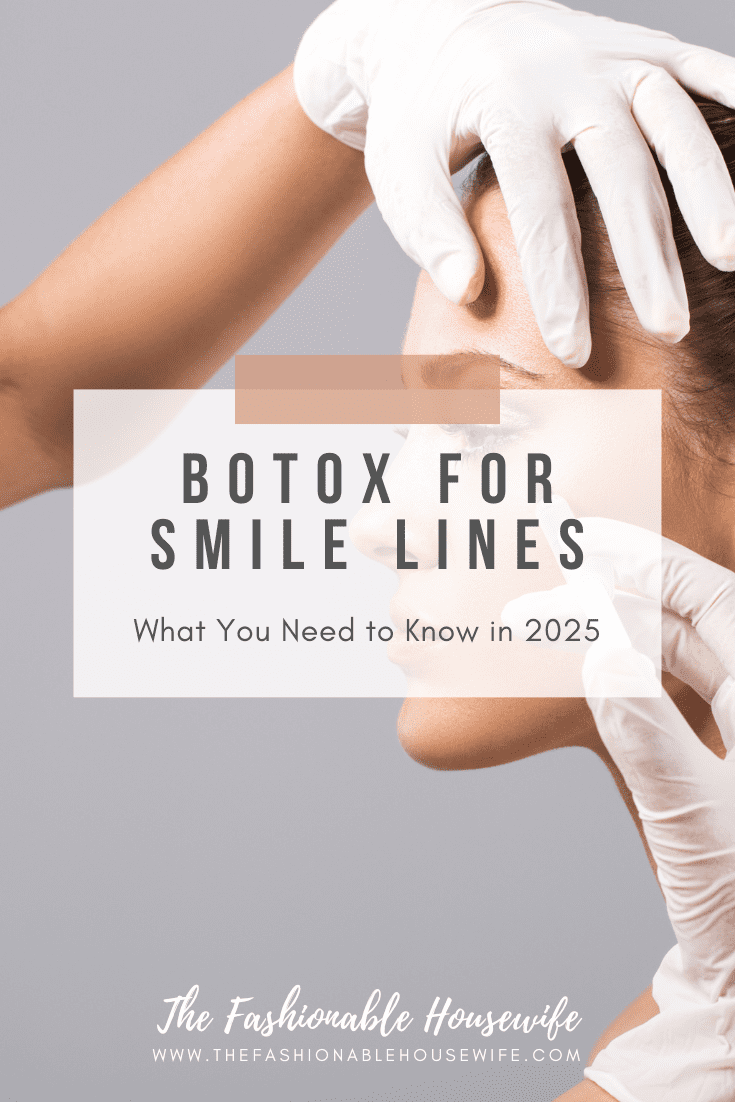Botox for Smile Lines: What You Need to Know in 2025

Key Takeaways
- Botox for smile lines offers a minimally invasive solution to reduce the appearance of nasolabial folds by relaxing facial muscles.
- Results typically appear within a week and last for about three to six months, requiring maintenance treatments to maintain the ongoing effects.
- Combining Botox with other therapies, such as dermal fillers, can provide comprehensive facial rejuvenation.
- Selecting a skilled, board-certified practitioner is crucial for safety and optimal results.
- Staying updated on the latest trends ensures you benefit from the most advanced techniques in 2025.
Table of Contents
- Understanding Smile Lines
- How Botox Addresses Smile Lines
- Procedure and What to Expect
- Duration of Results
- Potential Side Effects
- Combining Botox with Other Treatments
- Choosing the Right Practitioner
- Staying Informed on Botox Trends
- Further Reading
Understanding Smile Lines
Smile lines, medically known as nasolabial folds, are the prominent creases that run from the sides of the nose to the corners of the mouth. These lines naturally deepen with age due to factors such as decreased skin elasticity, depletion of facial fat, and repetitive expressions over the years. Genetics, sun exposure, and lifestyle choices—such as smoking—can further accentuate these lines, making them appear earlier or more pronounced. Many people seek aesthetic solutions to soften the appearance of smile lines, aiming for a refreshed yet natural look. One of the most effective and minimally invasive ways to address nasolabial folds is through Botox for smile lines. This popular cosmetic treatment has evolved to offer precise, subtle enhancement that helps restore a youthful look without surgery. Working with a qualified, board-certified provider ensures safe administration customized to your facial features. When combined with good skincare and healthy lifestyle practices, results can be both natural-looking and long-lasting.
How Botox Addresses Smile Lines
Botox, derived from Botulinum toxin type A, targets the underlying muscles responsible for facial movement. When injected near the areas surrounding the mouth, the neurotoxin temporarily blocks nerve signals, relaxing the muscles that contribute to repetitive facial expressions. This softening effect leads to smoother skin and a natural reduction of visible smile lines, making Botox an appealing solution for those seeking a non-surgical approach.
Notably, while Botox can help diminish the dynamic aspect of nasolabial folds, it’s often most effective when combined with other treatments for deep-set lines, which originate from volume loss rather than muscle movement. According to the Cleveland Clinic, nasolabial folds are the prominent lines running from the sides of the nose to the corners of the mouth, and understanding their formation can help guide appropriate treatment strategies. Clinical research supports the safety and efficacy of Botox as part of an overall facial rejuvenation plan.
The Botox treatment process for smile lines is efficient and straightforward. During your appointment, a board-certified practitioner evaluates your facial anatomy to determine the precise injection sites. Using a fine needle, they administer a series of small injections into strategic locations. Most sessions last roughly 10–15 minutes and involve minimal discomfort, often described as a quick pinprick sensation.
There is little to no downtime required. Patients are advised to remain upright for several hours after the injection and to avoid massaging the targeted area to prevent the toxin from migrating. Mild redness or swelling at the injection sites usually resolves within a few hours to a day.

Duration of Results
Botox does not deliver instant results; instead, most people notice a softening of their smile lines within three to five days, with the full effect visible at around two weeks. The smoothing benefits typically last from three to six months, after which the treated muscles gradually regain mobility, and lines may reappear. Regular follow-up treatments are recommended to maintain your rejuvenated appearance.
Potential Side Effects
Botox is considered very safe when performed by trained professionals, but it carries some risk of side effects. Common, temporary reactions include redness, minor bruising, swelling, or tenderness at the injection sites. Rarely, some patients might experience minor asymmetry or unintended muscle weakness. Careful technique and personalized dosing by experienced injectors minimize the likelihood of complications. Reviewing any medical conditions or allergies with your practitioner prior to treatment is essential for your safety.
Combining Botox with Other Treatments
While Botox can work wonders for dynamic wrinkles, comprehensive facial rejuvenation often involves combining it with other therapies such as dermal fillers or laser skin resurfacing. Fillers, such as hyaluronic acid-based solutions, are frequently used to restore lost volume in the cheeks and nasolabial area, allowing for a multidimensional improvement. Consult with your provider to explore a customized plan tailored to your skin and aesthetic goals.
Choosing the Right Practitioner
Selecting a highly qualified and experienced practitioner is crucial for ensuring safety and achieving natural-looking results. Look for a board-certified dermatologist or plastic surgeon with specialized expertise in injectables. Verify credentials, read reviews, and schedule a consultation to discuss your expectations and to ensure your chosen provider’s approach aligns with your aesthetic preferences. Establishing a relationship with a trusted professional also supports continuity of care for any ongoing treatments.
Staying Informed on Botox Trends
Advances in cosmetic medicine are continually pushing boundaries. In 2025, techniques like “Baby Botox,” which uses micro-doses for very subtle, natural enhancements, are growing in popularity. Personalized injectable regimens tailored to unique facial anatomy help achieve the most harmonious aesthetic outcomes. Staying aware of evolving treatment protocols—through reputable medical resources and consultations—empowers you to make well-informed decisions about your care. For a comprehensive comparison of Botox and alternative smile line treatments, reputable health sources like Healthline offer detailed guides on procedures, costs, and expected outcomes.
It’s important to discuss your goals and medical history with a qualified professional before choosing any treatment. Regular follow-ups and proper skincare can also help maintain results and support overall facial health.
Conclusion: Achieving a Youthful Smile with Confidence
Smile lines, also known as nasolabial folds, are a natural part of the aging process, influenced by genetics, lifestyle, and repeated facial expressions. Botox offers a safe, minimally invasive way to soften these lines, providing noticeable results with minimal downtime. For deeper wrinkles, combining Botox with other treatments, such as dermal fillers or laser therapies, can create a more comprehensive facial rejuvenation. Choosing a qualified practitioner and staying informed about the latest techniques ensures natural-looking results and long-term satisfaction. Ultimately, understanding your options and working with a trusted professional allows you to enhance your appearance while maintaining confidence in your smile.

